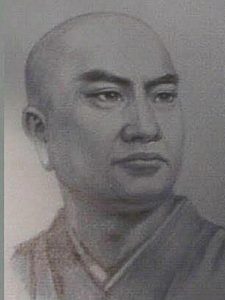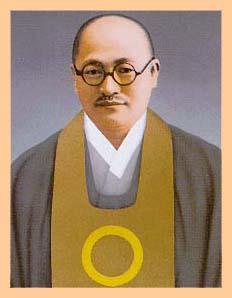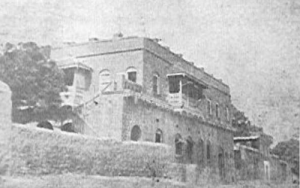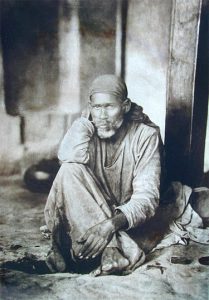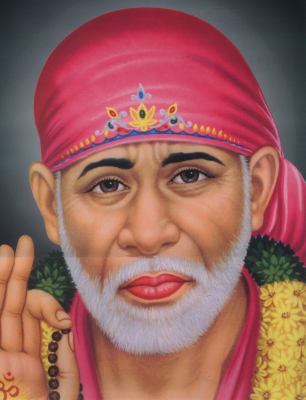
This novel opens with the startling perspective that Falco and partner are auditing businessmen whose trade is slaughter. Of wild animals and humans. Their stock in trade was measured as units of mass murder. We’ll take a look at this and its impact on the humanity of Falco and Helena Justina.
Meanwhile, Emperor Vespasian is confused that there are no monies in the imperial treasury. (An unfavourable balance of trade was the culprit.) In order to beef up the imperial statutory reserves Vespasian engages Falco and Partner to set matters aright with the Great Census of Rome.
![]()

 August-October,AD73, Falco is back in Rome after his expedition to Baetica, and is having a drink with Petro, his long time friend from his days in the Second Augusta. Petro is suffering durance vile, away from his wife, Arria Silvia. Petro is going into partnership with Falco; Ma (Junilla Tacita) has other ideas and wants her convalescent Anacrites to team up with her son!
August-October,AD73, Falco is back in Rome after his expedition to Baetica, and is having a drink with Petro, his long time friend from his days in the Second Augusta. Petro is suffering durance vile, away from his wife, Arria Silvia. Petro is going into partnership with Falco; Ma (Junilla Tacita) has other ideas and wants her convalescent Anacrites to team up with her son!


